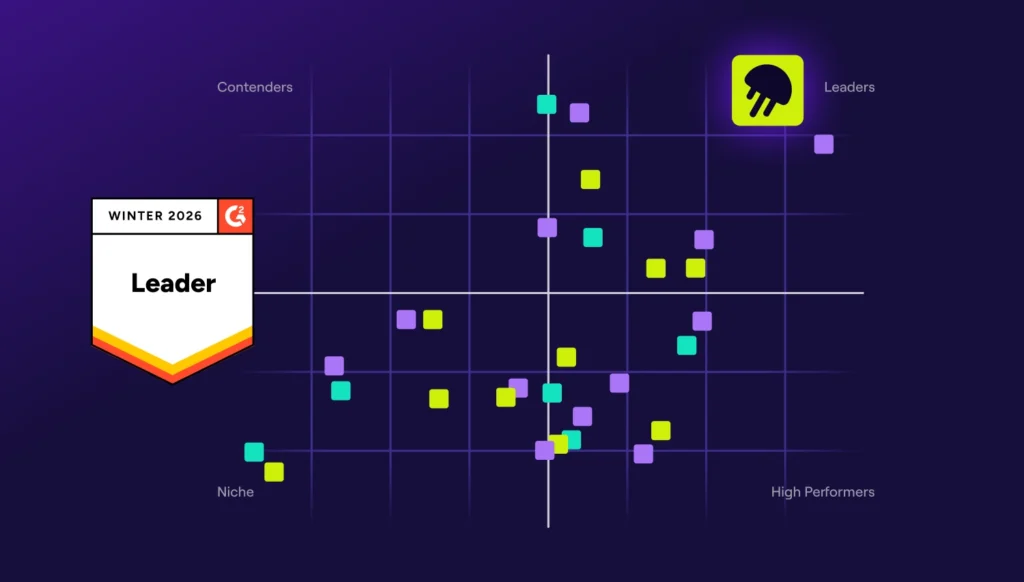In 2022, data-driven tools that can support engineering leadership decisions are beginning to gain traction. Expectations of what is possible and what is necessary in an Engineering Management Platform (EMP) are maturing. Alongside this market maturity, the platforms within this category are evolving past their initial remit.
But how?
EMPs Are Understanding the Impact of Non-Coding Work
The pandemic shift to remote work eliminated a lot of the hot-desk interactions where informal planning was often conducted. With the advent of the Zoom by default, executives the world over realized that they lack engineering insight. Moreover, the increased complexity and heightened expectations of the software engineering role means that more effort than ever is being spent away from code.
Today, the business often has stringent requirements around roadmap planning, documentation, and even time tracking. When these requirements are combined with impractical expectations around their impact on output, engineering leaders face a real challenge.
Engineering Management Platforms are recognizing this issue and starting to expand the signal set they ingest. It’s not enough to just take data from a source control management tool and issue tracker anymore. EMPs need to include all sources where engineering effort is being spent, whether it’s code related or not – that means documentation tools, calendars, product planning tools, and more.
EMPs Are Focusing More on Outcomes
As metric-driven Engineering has risen to prominence, there’s been a valid concern amongst the leadership community that, in incentivizing metricked performance, engineers will start to game the system – to focus their efforts too narrowly on optimizing for the metric, rather than striving towards the greater goal or organizational health as a whole.
Regardless of what metrics are being measured, there’s no getting around the likelihood that teams will optimize around those metrics. Engineering Management Platforms are addressing this concern by pivoting their analysis to incentivize outcomes instead of simple metrics.
Rather than focusing solely on team or engineer-level performance, the visionaries within the space are starting to tie together all aspects of Engineering. This means analyzing how every individual, each team and the organization as a whole influences the business outcomes and provides value to the customer – a holistic view from the entire organization down to individual engineers.
The EMP market isn’t trending towards another slack integration that alerts you about unlinked PRs; modern technal leaders want to understand the impact of their decisions and encourage their teams to align outputs with business objectives.
EMPs Are Providing Value Beyond the Engineering Team
The growth in the market to support engineering leadership has been driven, in large part, by non-technical executives realizing just how business-critical Engineering is to their entire Go-To-Market motion.The result of this is that the business must be more tightly coupled to Engineering than ever before.
This has always been a core part of the Engineering Management Platform, but now their feature sets are starting to reflect that too. Product, traditionally the diplomatic link between the Business and Engineering, is integrating heavily into the workflows of Engineering. Processes such as calculating the capitalizable costs of R&D work are ever more commonly being thrust upon engineering leadership by finance teams.
Evolved EMPs are addressing these changes. They’re beginning to automate away the mundanity of processes like cost capitalization and manual time tracking. They’re providing the necessary insights for all departments to effectively communicate back to the Business while still addressing the unique challenges of Engineering. They’re considering the importance of non-coding Engineering efforts. And Evolved EMPs are recognizing that software development is foundational to business outcomes, so it’s critical to measure impact above any singular metric. Today, the decisions of the engineering leaders and the efforts of engineering teams drive businesses forward. Engineering Management Platforms are evolving to enable their success.






